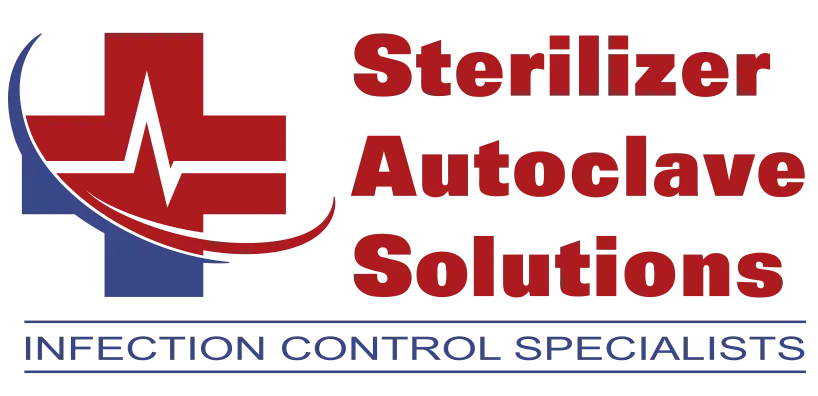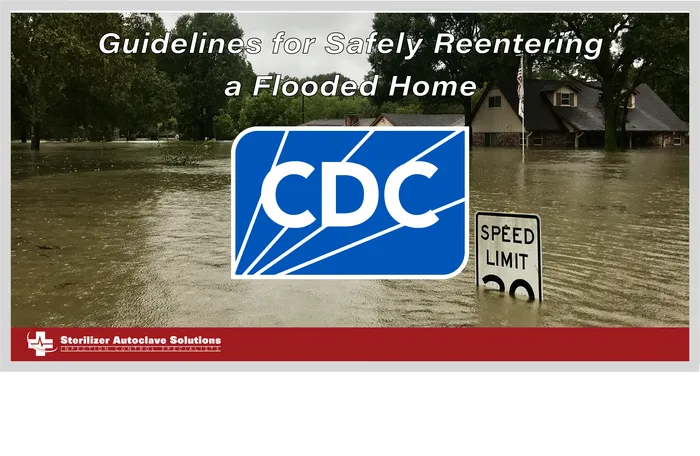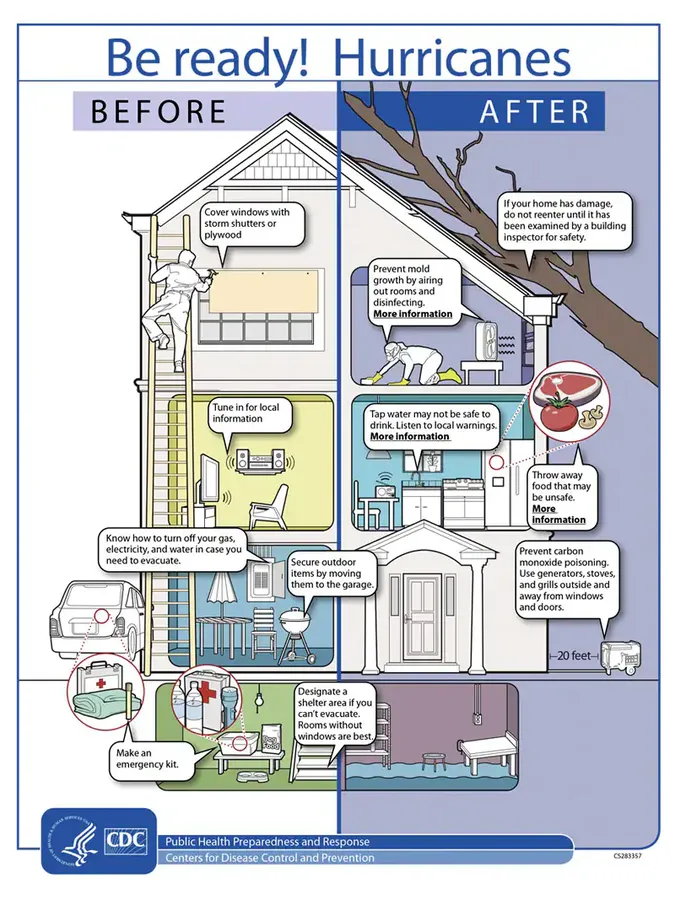Guidelines for Safely Reentering a Flooded Home
Recently, the east coast was ravaged by a category 4 hurricane named Helene. It brought a devastating storm through the country in one of the biggest storms since Katrina. Even as of the writing of this article, there are people without supplies, power and even homes. And to make matters worse there is another hurricane expected to hit Florida in 2 days that is already dropping steady rains in the southeast.
In times like this, we need all the help we can get. As a company based in North Carolina we saw the damage from Helene first hand. With floodwaters still ravaging a good portion of public areas, and more on the way, we wanted to share some important guidelines and information to help deal with the aftermath. We will start with this article that will help with the proper procedure for reentering a flooded home.
Reentering Your Flooded Home
When it comes time to reenter your home after a flood, there are some key things to keep in mind:
- Be aware that a home flooded by a natural disaster can cause mold or sewage contamination that can be harmful.
- Ensure you take proper steps to protect your health and safety.
First Reentry
When you first go to reenter your home after a flood, try to return during the daytime. That way you aren’t using any lights. But if you need to use any, it’s recommended that you use battery-powered flashlights and lanterns. These are alternatives to things like candles, gas lanterns and torches.
- If there’s still standing water in your home, only turn off the main power if you can reach it from a dry area. If there are no dry areas, call an electrician to turn it off properly.
- Also have an electrician check the house’s electrical systems before turning the power on again.
- If you smell gas or suspect a leak, turn the main gas off, open every window and leave immediately. Notify the gas company, police or the fire department, and do NOT do anything that can cause a spark. Do not return until you’re told it’s safe to do so.
- If the house has been closed for several days or more, enter briefly to open the doors and windows for at least 30 minutes. This lets the house air out enough to ensure safety for any lengthy stays.
- Always assume that if your house has been flooded and closed for days that it has mold. And assume that sewage contamination is a possibility from flooding as well.
You can find the CDC’s guide on “Floodwater After a Disaster or Emergency” here.
Drying Out the Home to Prevent Mold
If your home has been flooded and exposed to water, it’s important to dry it out to prevent mold. Here are some steps you can take:
- If you have electricity that was deemed safe by an authority to turn on, you can use vacuums to remove standing water. Things like a “wet-dry” shop vac, vacuum function on a carpet steam cleaner, electric powered water transfer pump or a sump pump as well. If you’re operating equipment in areas where it’s wet, please wear rubber boots.
- You can use a portable generator to power equipment if electricity still isn’t safe to turn on. See the CDC’s guide to Protect Yourself and Others from Electrical Hazards After a Disaster.
- Open doors and windows to help the drying process if the weather allows.
- Use fans and dehumidifiers to help remove the moisture as well. Fans can be placed at a window to blow air outward so to not spread mold.
- Prior to use, have a qualified professional clean and inspect your HVAC system if it was affected by water to prevent the spread of mold. Professional cleaning will eliminate mold and deter future growth, allowing you to safely use the system to reduce moisture in your home. And when the professionals deem it appropriate, you can turn the system back on to help remove excess moisture.
- Prevent outdoor water from entering the home, like rainwater from gutters. Ensure that any runoff water drains away from the house. The ground around the house should slope to prevent water from getting into basements and crawl spaces.
- Ensure that creawl spaces in basements can drain properly so there’s limited to no water seepage. And dry the area out through ventilation.
Prevent Carbon Monoxide Poisoning
Ensure you’re doing what you can to prevent carbon monoxide poisoning when operating after a flood. Usually you’ll have gas=powered devices, maybe a generator or pressure washer. Be sure not to operate gas-powered tools in places like;
- Your garage
- Inside the house
- Garage
- Car Port
- Porch
- or Other Enclosed Area
Protect Yourself from Illness or Injury
Clean Up Your Home
One of the most important things to do after a natural disaster is keep yourself and others safe. There are many ways to go about doing this safely, so be sure to follow radio or tv stations that provide proper updates. The EPA also has guidelines for their Flooded Home Cleanup Guidance steps.
Use Generators and Electric Equipment Safely
All electronics and appliances you want to use must be completely dry before using them again. Have a certified electrician look at anything you’re unsure about.
Like we mentioned before, never use gas-powered anything inside of your house, enclosed area, basement, garage, vents or anything of that nature.
Throw Away Unsafe Food
This one may seem a bit obvious, but you’d be surprised. Any food that came into contact with floodwater or water from a storm should be thrown out. It could be contaminated in some way. Also any perishable food that wasn’t properly refrigerated during outages. Anything with an unusual odor, look or anything like that, get rid of it. When in doubt, throw it out.
Use Safe Water
The water from a flood can pollute your drinking water supply as contaminants from surface water seep into the groundwater, impacting both private wells and municipal water systems relying on groundwater sources. So in the event of a flood:
- Follow local guides on whether your water is safe or not
- Get your water tested if you own a private well before drinking.
- Do not use water suspected of contamination or that you’ve been told is already contaminated. Do not use it to prepare food, wash dishes, brush your teeth, make baby formula, or anything. Safe water will only include bottled, boiled or treated water.
- Be sure to check in on local guides or health departments for proper ways to boil or treat water in your area for safe use.
Final Thoughts
It’s crucial to prioritize safety measures following a flood to protect both your health and well-being. By implementing various safe practices, such as having a professional inspect and clean your HVAC system to prevent mold spread, you can significantly reduce the risk of health hazards associated with post-flood conditions. Other precautions, such as proper hygiene practices, ensuring the safety of drinking water, and utilizing personal protective equipment when cleaning up, are essential steps to safeguard yourself and your family during the recovery process. By staying informed and proactive in maintaining safety standards after a flood, you can create a healthier and safer environment for everyone involved.
And here at SAS, we do our best to keep everyone informed, not just in the sterilization space, but in the ways that can help keep people safe. So if there’s anything we can help with or something you have questions about, give us a call at 704-966-1650, option 3 for our free tech support line. We’re always here to help.
As always if you have any questions about this process or anything else please feel free to contact us and take advantage of our “FREE TECH SUPPORT.”
We also offer FREE VIRTUAL TECH SUPPORT to “See and Talk” with a “Real Time Live Technician” for any problems you may be in need of help with.
You can also use our “FREE MAINTENANCE PROGRAM”. Take the guesswork and worrying about what unit is due for maintenance and which maintenance cycle it is time for. We will keep track of all your autoclaves and let you know when it’s time for anything.



